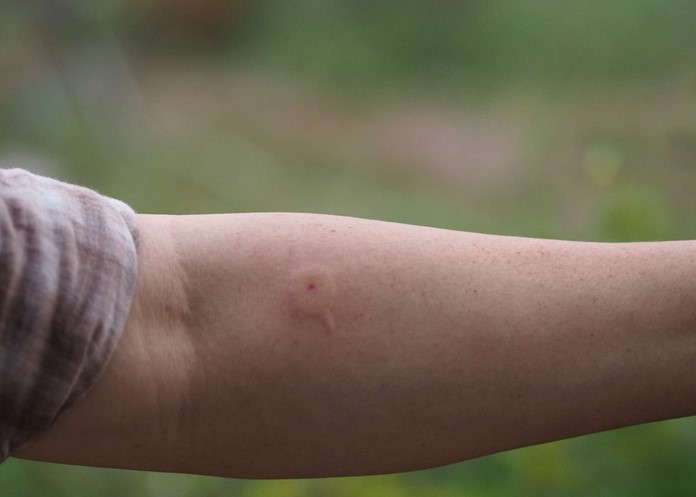
Carpenter bees are a type of bee that can be found in many parts of the world. They are known for their large size and their ability to bore into wood. While they are not typically aggressive, they can sting if they feel threatened. In this article, we will discuss the effects of a carpenter bee sting, as well as how to treat a reaction to the sting. We will also provide information on how to prevent a carpenter bee sting in the first place.
What You Need to Know About Carpenter Bee Stings: Symptoms, Treatment, and Prevention
Carpenter bees are a type of bee that can be found in many parts of the world. While they are not typically aggressive, they can sting if they feel threatened. It is important to understand the symptoms, treatment, and prevention of carpenter bee stings in order to protect yourself and others.
The symptoms of a carpenter bee sting can vary depending on the individual. Common symptoms include pain, swelling, redness, and itching at the site of the sting. In some cases, a person may experience more severe symptoms such as nausea, vomiting, difficulty breathing, or anaphylaxis.
If you are stung by a carpenter bee, it is important to seek medical attention as soon as possible. Treatment for a carpenter bee sting typically involves the application of a cold compress to reduce swelling and pain. An antihistamine may also be prescribed to reduce itching and other symptoms.
In order to prevent carpenter bee stings, it is important to avoid areas where they are known to nest. If you must enter an area where carpenter bees are present, it is important to wear protective clothing such as long sleeves and pants. Additionally, it is important to avoid swatting or disturbing the bees as this can cause them to become aggressive.
Carpenter bee stings can be painful and uncomfortable, but they can usually be treated with simple home remedies. It is important to be aware of the symptoms, treatment, and prevention of carpenter bee stings in order to protect yourself and others.
How to Identify Carpenter Bees and Avoid Being Stung
Carpenter bees are large, black and yellow bees that are commonly found in North America. They are often mistaken for bumblebees, but they can be identified by their size and color. Carpenter bees are larger than bumblebees and have a black abdomen with yellow or white markings.
Carpenter bees are solitary bees that nest in wood, hence their name. They bore holes into wood to create tunnels for their nests. They are most active during the spring and summer months.
Carpenter bees can be a nuisance to homeowners as they can cause damage to wooden structures. They are also capable of stinging, although they are not aggressive and will usually only sting if they are provoked.
To avoid being stung by a carpenter bee, it is important to take precautions. Avoid wearing bright colors or perfumes when outdoors, as these can attract the bees. If you see a carpenter bee, do not swat at it or try to touch it. Instead, move away slowly and calmly.
If you find a carpenter bee nest on your property, it is best to contact a professional pest control service to remove it. This will help to prevent further damage to your property and reduce the risk of being stung.
By taking the necessary precautions and being aware of the signs of carpenter bees, you can avoid being stung and protect your property from damage.
Conclusion
In conclusion, Carpenter Bees are capable of stinging, but they are not aggressive and rarely sting unless provoked. Bee stings can cause a variety of reactions, ranging from mild to severe. It is important to seek medical attention if you experience any signs of an allergic reaction, such as difficulty breathing, hives, or swelling. If you are stung by a Carpenter Bee, it is important to remove the stinger as soon as possible to reduce the amount of venom released into the body.